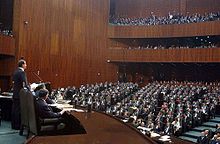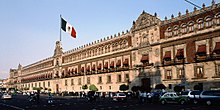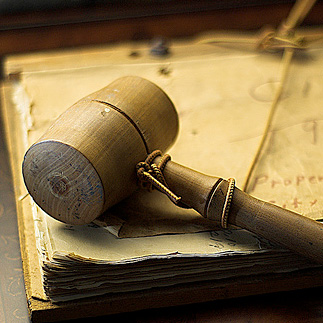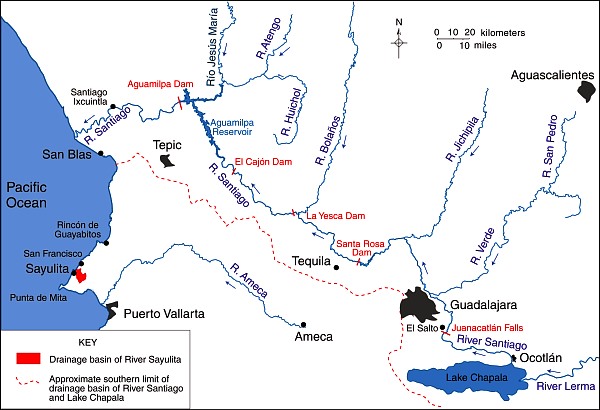State of Mexico

Main Characteristics
Oficial Name: Sovereign & Free State of Mexico
Capital: Mexico D.F.
Currency: Mexican Peso
Current Governor: Eruviel Ávila Villegas
Total Area: 22.351km2
Flag Of Mexico

Location of Mexico

Coordinates: 19°21′N 99°38′W
Hemisphere: Western
Shape and features of this country: It has long coastal areas in both eastern and western sides, it has a long and thing shape.
In the North, it is delimited
by the United States and
in the South it is delimited
by some states of South
America such as
Guatemala
Political Structure
Type of Goverment: Representative and Democratic Republic.
Land Structure: It is divided into states like the United States and each of them has municipalities.
Branches: In case of Political Branches, México is equal to Spain, it has three branches(judicial, ejecutive and legislative).
Legislative Branch
The legislative branch is in change of creating, improving and updating the laws of a country.
In case of Mexico the legislative branch consists in two chambers:
- Chamber of Deputies
- Chamber of Senators

Chamber of Deputies
It has 500 politicians behind it.
In any country, the Chamber of Deputies is in charge to prupose and to make laws.
Of course, during this process they have to discuss them too.
Chamber of Senators
It has 128 politicians behind it.
- 64 of them are elected by relative majority.
- 32 of them are elected acording to the begining of the first minority.
- 32 of them are elected acorging to the proportional representation.
Executive Branch
All the power of the Executive Branch in Mexico is given to the president of the Mexican United States which is elected in periods of 6 years.
He is in charge of look after the law is been aplied and he has the authority to delete laws and things like that.

Judicial Branch
The judicial branch of the Mexican government is divided into federal and state systems. Mexico's highest court is the Supreme Court of Justice, located in Mexico City. It consists of twenty-one magistrates and five auxiliary judges, all appointed by the president and confirmed by the Senate or the Permanent Committee.

Main Geographical Features

There are three important climatic influences which help to determine the character of the climate in Mexico and her different regions.
For example, the cold Californian
current, which sweeps southwards
on the Pacific coast, has the
effect of lowering temperatures
and reducing rainfall on the
west coast as far south as the tip
of the peninsula of Lower
California.
Rivers of Mexico

Text
As you can see in the picture Mexico has a big river which is the Santiago River and its flowings which are mainly on the right side.
Mountains of Mexico

Mexico is made up of many mountain ranges which surrounds all the state. In the map you can see some mountains and some cabes of Mexico.
Natural Resources

Most of Mexico's natural resources are below the land. The country's semiarid climate, its lack of rainfall, and its limited amounts of fertile
land have made large-scale
agriculture difficult. Only about
13 percent of Mexico's land is
cultivated. Approximately
one-fourth of the nation is
covered by forests, giving Mexico
some of the world's largest
remaining forest reserves.
Enviromental Problems
- Mexico City is one of the largest urban areas in the world. It is one of several major cities in the industrialising world that has experienced remarkable growth in the last 100 years. In the second half of the twentieth century the population grew by more than 800% so that in the year 2000 it stood at 18.1 million, with an urban density of 12,559 people [km.sup.-2]. The city continues to grow. By 2025, the population is expected to exceed 21 million.

Population & Distribution
Along those years ago, Mexico population and distribution aspects such as birth rate and things related to them increased a lot. So, I've decide to show a few graphs obtain by "Public Data" tool created by Google.

Evolution of the population

Fertility Reate

Death Rate

Economic Activities
The economy of Mexico is main based on indrustries such as aerospace, electronics, food, iron mining, steel, petroleum, mining, textiles, clothing, motor vehicles, consumer durables and tourism.
On 2014, Mexico earn 406.4 billion USD exporting things related to those industries to other countries.
Mexico GDP Per Capita in 2015 was 10,767.25 USD.
It was center into manufacturing since some years ago because of the NAFTA(North America Free Trade Agreement).
Active Population
In Mexico active population is considered people between 16 and 65 years but you can start working with some limitations from 14 years if you have a "Child Employment Certificate".
Mexico unemployment rate is 4.9% of their total active population.

How does globalization affects Mexico?
In Mexico, globalization has had strong effects on the poorest members of Mexican society. Although it has brought opportunities for economic growth, globalization has also created inequality and marginalized entire groups. Furthermore, not only has this phenomenon altered the balance of the local and national economies, but it has also alienated the people living in the areas with the least exposure to the benefits of globalization and created a greater disparity in their living standards.
Resources I've used
Personal Website
Created Using...